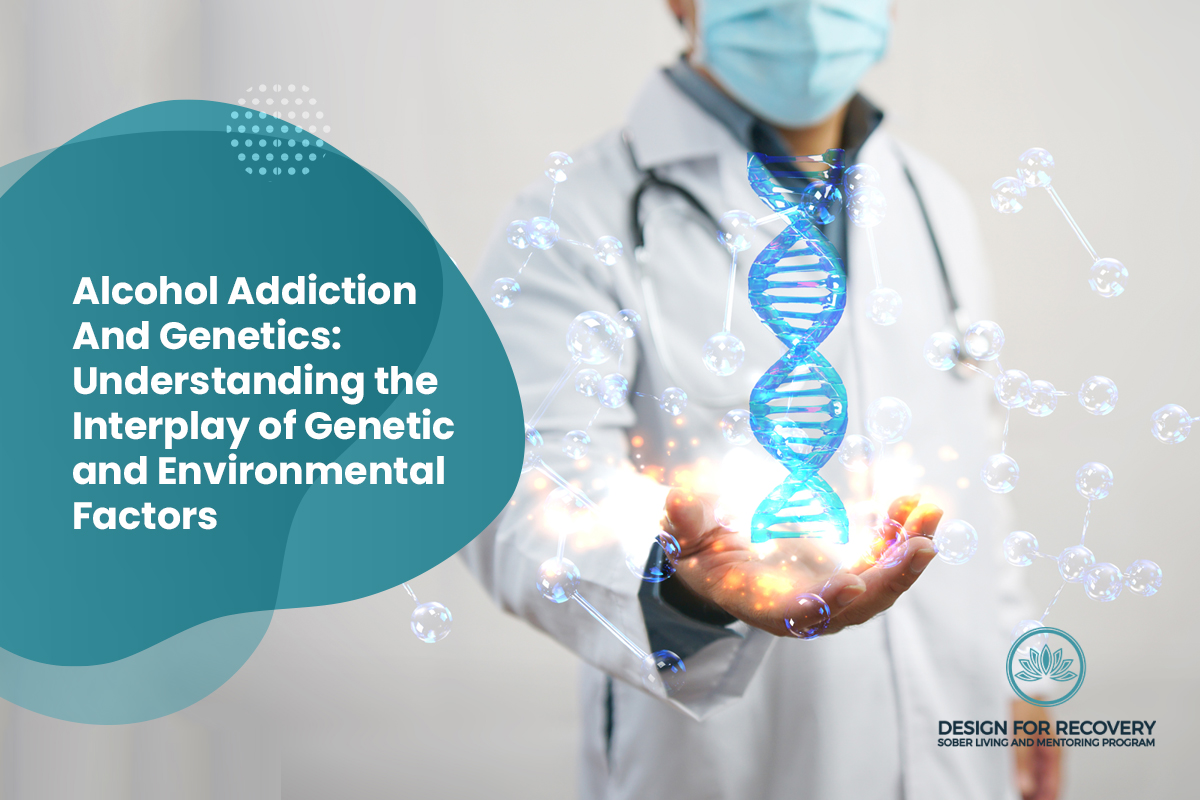On This Page:
Is Synthetic Marijuana the Same as Marijuana?
Hundreds of synthetic marijuana products exist on the market, and they are often misleadingly advertised. Despite the name, however, synthetic marijuana is very different from natural marijuana. The misconception that they are the same drug leads many people down a dangerous path of abuse and addiction that can be catastrophic for their health. But what is synthetic marijuana? What makes it so much more dangerous than natural marijuana? The fact is, both natural and synthetic marijuana are often misunderstood. Recognizing the nature of these two commonly abused recreational drugs is essential for recovering from their effects and avoiding dangerous outcomes.
What are Synthetic Cannabinoids?
Before answering the question of what synthetic cannabinoids are, it is important to understand what cannabinoids are in general. Cannabinoids are the psychoactive chemicals in marijuana that cause people to feel intoxicated, or “high.” There are countless cannabinoids present in marijuana, but the most famous and most potent are THC and CBD. Human brains and bodies actually have a cannabinoid system that responds to these chemicals. When cannabinoid receptors are activated by cannabinoids, a wide variety of physical and mental effects occur. Many of these effects are euphoric in nature, which is why people are so drawn to marijuana abuse.
Synthetic cannabinoids are produced in the laboratory. Unlike marijuana, which is a natural drug that is derived from the plant cannabis, synthetic cannabinoids have no natural source. These chemicals are designed to resemble naturally occurring cannabinoids. However, it is crucial to recognize that even though synthetic cannabinoids are designed to resemble natural cannabinoids, they are not the same. The differences between synthetic marijuana cannabinoids and natural marijuana cannabinoids can be great or very small, but even when the chemical differences are small, even minute changes on the chemical level can cause drastically different effects.
Why is Synthetic Marijuana Different?
Synthetic marijuana is often advertised as “all natural.” As stated above, this is patently false. Synthetic marijuana, by its very definition, is produced in a laboratory. However, drug distributors can often get away with calling their products “natural” because of how they process them. The synthetic cannabinoids produced in the lab or often simply sprayed onto inert herbs and aromatics. This gives synthetic marijuana the appearance of a natural herb. However, there is no such thing as a synthetic marijuana plant!
It is also important to recognize that the term “synthetic marijuana” does not refer to one specific drug. In fact, “synthetic marijuana” is actually an umbrella term that refers to a wide range of substances. When synthetic marijuana was first developed, it was originally far closer chemically to the natural cannabinoids in marijuana. However, these products were eventually targeted and regulated by the Drug Enforcement Administration. However, each time a synthetic marijuana product was taken off the shelves, laboratories invented new chemical formulations and produced new products to take the place of the originals. The result has been a race against regulations, with countless synthetic marijuana products being invented each year. Each formulation differs chemically from the last. As a consequence, every year synthetic marijuana becomes more and more distinct from natural marijuana, despite the latter being the original inspiration.
Sober Living Home for Men in Los Angeles, California If you are ready to make a change and start rebuilding your life, check out some testimonials from other young men who have been through our program and call us at (424)327-4614 today.![]()
Types of Synthetic Marijuana
While marijuana is illegal at a federal level, many states have passed legislation making it legal or decriminalized to consume marijuana. Most synthetic marijuana products eventually become regulated and illegal. However, when a new product is developed, it exists in a legal grey area, and stores can sell it freely. As a result, there are countless synthetic marijuana products on the market.
In many cases, synthetic marijuana products are misleadingly labeled. They are often sold in smoke shops, gas stations, and other everyday stores where they are packaged as “herbal incense” or “herbal smoking blends.” In many cases, the labels on synthetic marijuana products claim that they are “all natural” — or even that they’re not drugs at all. This can lead young who would otherwise never consume drugs to purchase synthetic marijuana.
Common brand names and alternate terms for synthetic marijuana include:
- K2
- Spice
- Black Mamba
- Bombay Blue
- Arizona
- Lava Red
- Krypton
- Rengie
- Banana Cream Nuke
- Zohai
Effects of Synthetic Marijuana
- Relaxation or numbness
- Elevated mood (or mania)
- Altered perception
- Symptoms of psychosis (delusions or confused and disordered thinking)
- Dissociation (a sense of detachment from reality)
- Confusion
- Slurred speech
- Extreme anxiety
- Feelings of depression
- Paranoia
- Hallucinations
Why Do People Use Synthetic Marijuana?
Young people are drawn to synthetic marijuana because it is perceived to have fewer consequences than marijuana. The fact that they can obtain synthetic marijuana legally is often appealing in itself. Not only does the legal status of synthetic marijuana free people from the possibility of criminal consequences, the legality of fake weed reassures young people that fake pot is safe. Unfortunately, this could not be further from the truth.
Synthetic marijuana is also difficult to detect on drug tests. Young people who are afraid of being caught smoking marijuana will therefore often turn to synthetic alternatives. In many cases, they may not even want to use synthetic weed, but they may do so anyway to avoid the consequence of being caught by their parents, teachers, or caseworkers. While using fake marijuana may indeed help people avoid the consequences of a positive drug test, it is likely to lead to far worse consequences in the long run.
Is Synthetic Marijuana Addictive?
Synthetic marijuana can produce physical dependence in users. Like natural marijuana, synthetic marijuana causes people’s brains to release high quantities of dopamine. Dopamine is a neurotransmitter that causes pleasure, but it also plays an important role in the brain reward and motivation system. Activities that release dopamine, like drug use, can reinforce that behavior, causing people to turn to it again and again. Moreover, once a person’s body has developed a tolerance for synthetic marijuana they will require larger and more frequent doses to obtain the same effects. They are also likely to experience uncomfortable withdrawal symptoms when they stop using synthetic marijuana.
It is often noted that the physical dependence that natural marijuana produces is weaker than other recreational drugs. The withdrawal symptoms that occur when a person stops using marijuana are nowhere near as intense as heroin withdrawal, for instance. However, synthetic marijuana activates cannabinoid receptors far more powerfully than natural marijuana. This means that the physical dependence that synthetic marijuana users experience is often far more intense.
Can You Overdose on Synthetic Marijuana?
One of the most important differences between natural and synthetic marijuana is that it is possible to overdose on synthetic marijuana. In fact, emergency room visits due to synthetic marijuana abuse are on the rise. Between 2010 and 2011, emergency rooms visits due to synthetic marijuana abuse doubled. In 2011 alone, there were 28,531 emergency room visits directly attributable to synthetic marijuana overdoses. In the subsequent years, these numbers have continued to increase. In contrast, it is very difficult to overdose on natural marijuana.
The effects of a synthetic marijuana overdose include:
- Nausea and vomiting
- Rapid heart rate and heart tremors
- Seizures
- Tremors
- Panic attacks
- Violent and aggressive behavior
- Suicidal ideation
- Acute kidney failure
- Loss of consciousness
- Fatal heart attacks
If you or a loved one is overdosing on synthetic marijuana, it is important to get medical attention immediately. In the long term, however, it is crucial to address the underlying causes of synthetic marijuana abuse. Without getting outside help to recover from synthetic marijuana addiction, most people are likely to return to substance abuse — even after a life threatening overdose!
Recovering from Synthetic Marijuana Addiction
Synthetic marijuana addiction can make it difficult for a person to function in everyday life. Moreover, the long term consequences of synthetic marijuana abuse can lead to severe health problems, including overdose and death. It is important for young people to get outside help for their synthetic marijuana addiction. It may be tempting to suggest they exert more will power and just stop, but the reality is that once addiction has hijacked a person’s brain, these sorts of decisions are impossible to make on one’s own.
Sober houses in Los Angeles like Design for Recovery have the opportunity to recover from synthetic marijuana addiction in a safe and trigger-free environment. Residents connect with other young men who have similar experiences. Studies on sober living homes show that this kind of peer support is crucial for long term sobriety. Moreover, our residents work daily to develop skills, tools, and strategies for avoiding relapse while taking steps to address the underlying issues behind their addictions. At Design for Recovery, we believe that recovering from substance use disorders involves far more than mere physical abstinence — it is about developing a new way of life.
If you are ready to make a change, reach out to Design for Recovery today.
Are You Looking for a Safe and Structured Place?
Join us at Design for Recovery sober living homes in Los Angeles, California.







